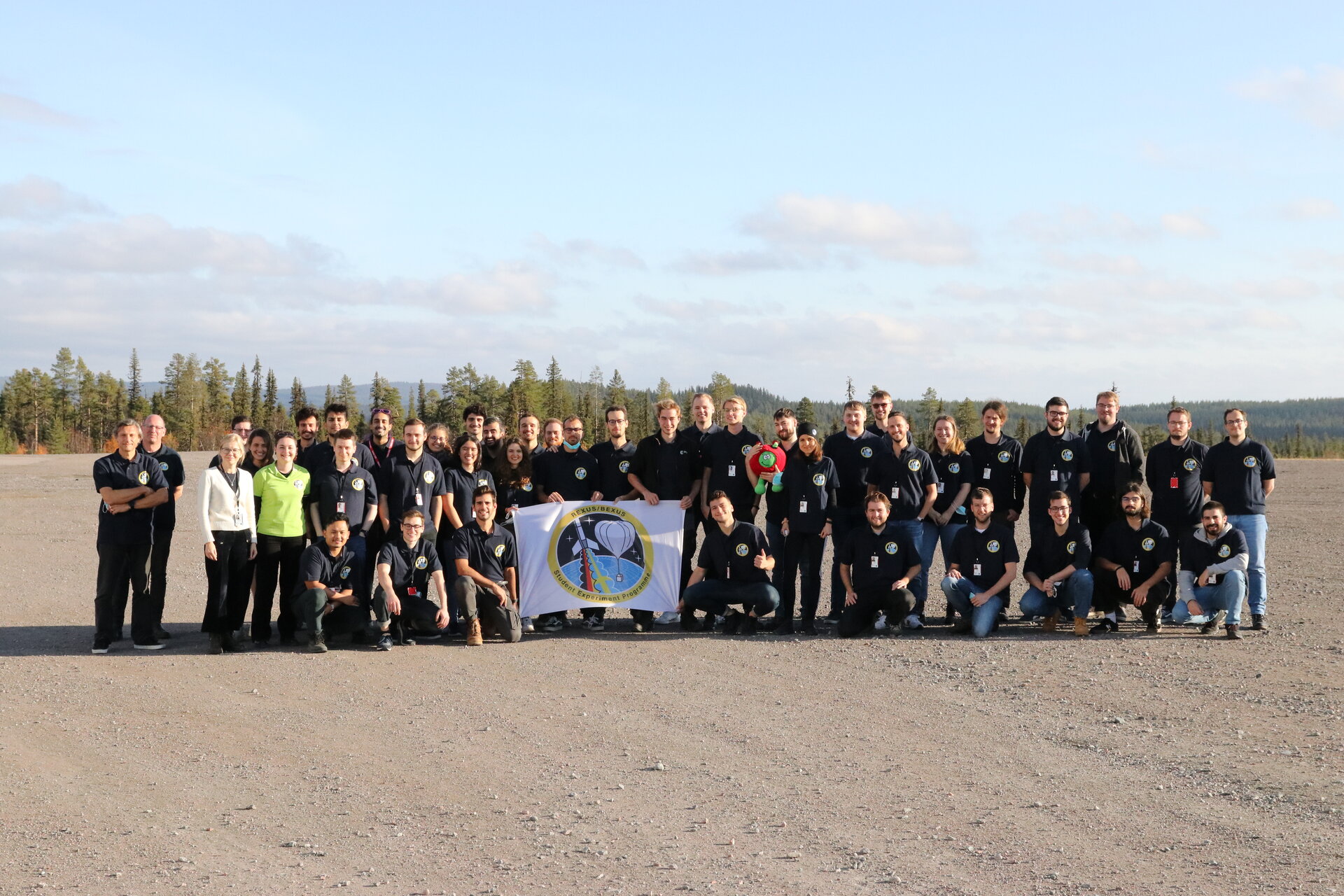Student-built experiments launched on stratospheric balloons BEXUS 30 & 31
Last week, 40 university students participating in the Rocket and Balloon Experiments for University Students (REXUS/BEXUS) Programme had the fantastic opportunity to see their experiments launched to the edge of space on board a stratospheric balloon.
The REXUS/BEXUS programme allows students from universities and higher education colleges across Europe to carry out scientific and technological experiments on research rockets and balloons. Each year, two sounding rockets and two stratospheric balloons are launched, carrying experiments designed and built by student teams.
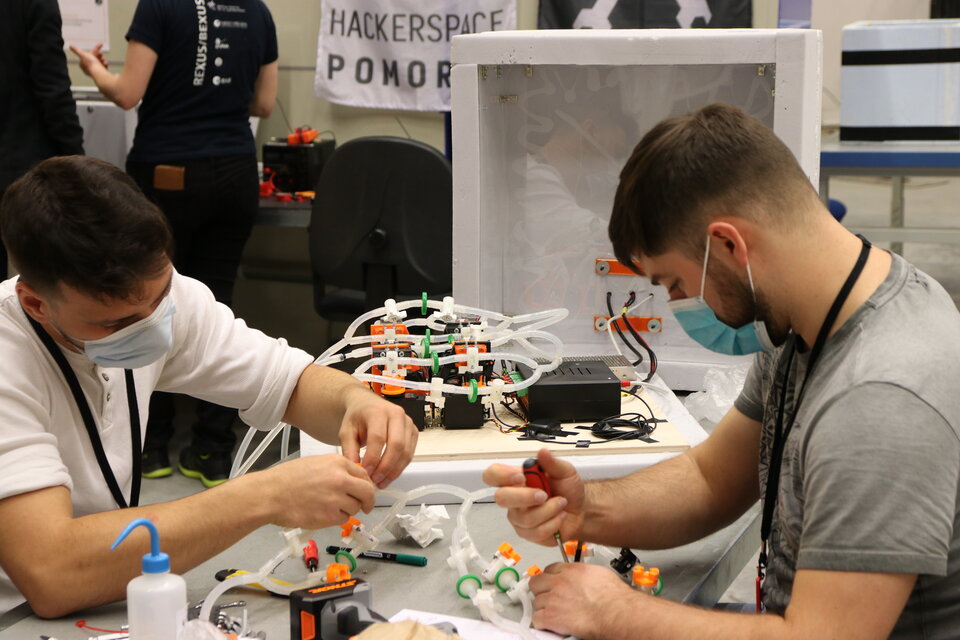
The stratospheric balloons – called BEXUS – can carry experiments mounted in the balloon’s gondola to a maximum altitude of 30 km, depending on total experiment mass. The flight duration is 2-5 hours.
Six student teams from ESA member states were selected by the Swedish National Space Agency (SNSA) and ESA in December 2019 and got the opportunity to develop their ideas into experimental apparatus flown on the BEXUS 30 & 31 stratospheric balloons. They were accompanied by three teams from Germany, which were sponsored by the German Aerospace Center (DLR).
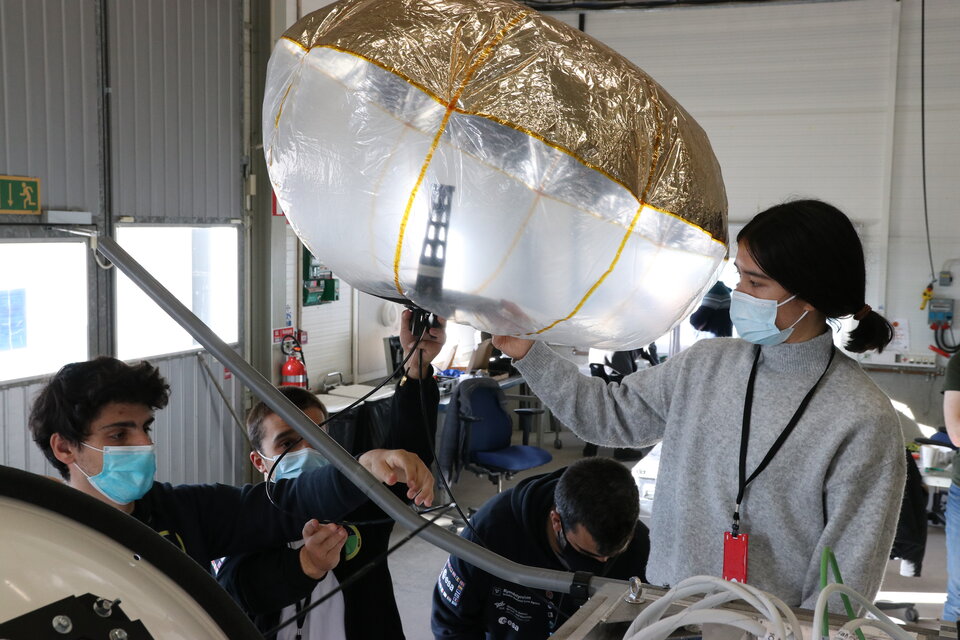
Over the course of the last two years, the experiments have been designed, built, and tested by the student teams. The development time has been a year longer than in a typical BEXUS cycle. An originally planned launch campaign for October 2020 had to be postponed due to the COVID-19 pandemic. It has been an additional challenge for the students to organize their team, arrange workshop access and build their experiment during the uncertain times of the pandemic. But the teams adapted very well to the new situation, managed to stay organized and got their experiments ready in time for the launch campaign.
On 24 September, the student teams travelled to the Esrange Space Center, where the launch preparations started immediately after arrival. Experiments were unpacked and final checks were done by the student teams. Then the experiments were integrated into the BEXUS gondolas and had to undergo tests for compatibility with each other and with the balloons’ service systems.

After four days of intensive testing, all experiments and the balloon systems were ready for the flight. On 29th of September, BEXUS 31 was the first balloon launched during the campaign. Two SNSA/ESA teams were mounted in its gondola:
SARIA from the University of Porto, Portugal. The goal of the experiment is to perform Synthetic Aperture Radar imaging of the ground surrounding the flight path. The experiment uses a commercially available Software Defined Radio and a self-built inflatable antenna.
STRATOSPOLCA from the University of Coimbra, Portugal. The objective of this experiment is to measure the noise-level of gamma-ray background radiation as a function of the altitude.
They were joined by two DLR experiments:
FaNS from the Christian-Albrechts-University zu Kiel, Germany. The team as developed a lightweight and compact instrument to determine the flux of fast neutrons within the Earth’s atmosphere.
MASS from the Hochschule München, Germany. The MASS experiment is testing rigidization methods of inflatable structures, that can potentially be used in space applications
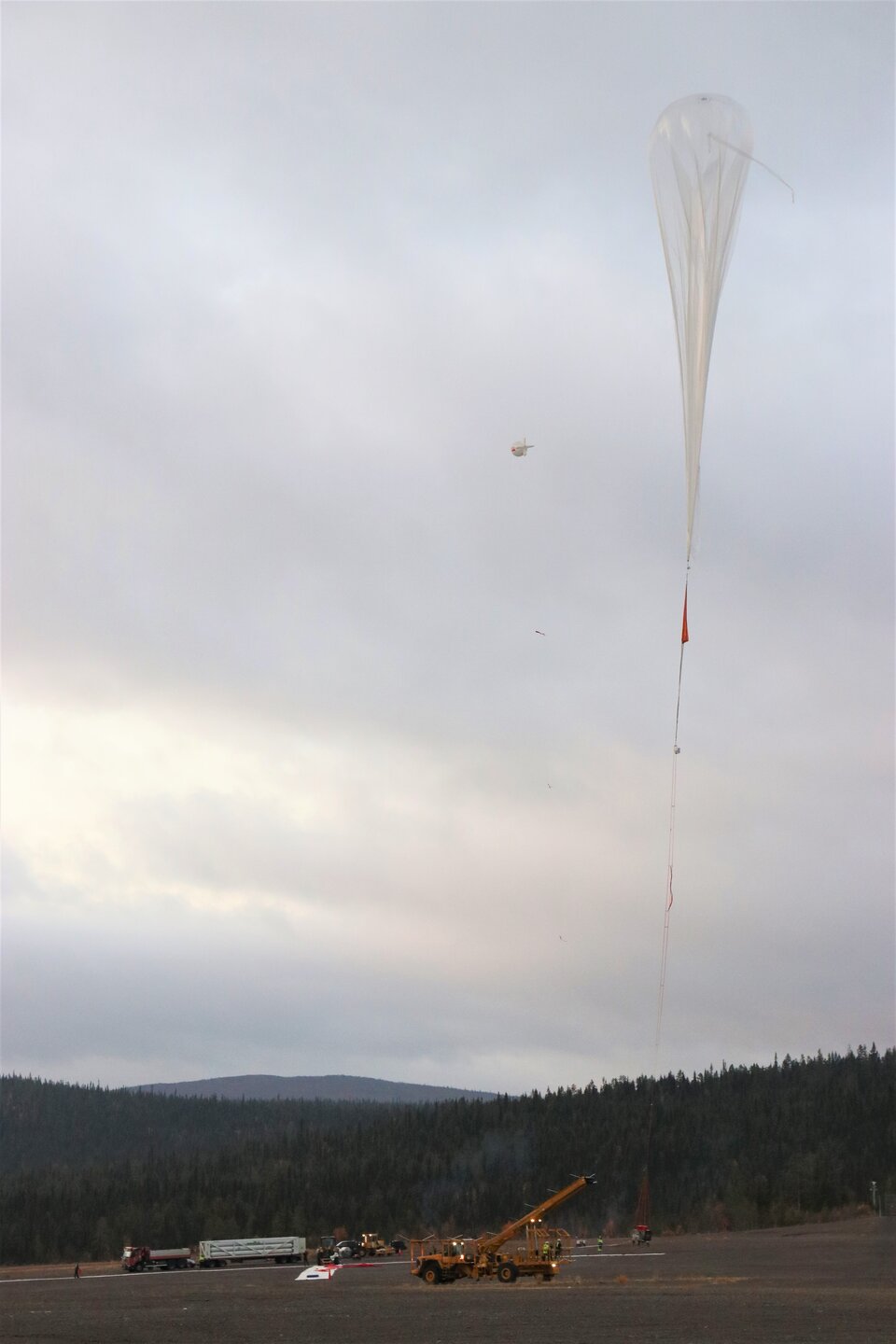
The launch of BEXUS 30 followed just one day later, on the 30 September. It carried 4 SNSA/ESA experiment on board:
BoB (BAMMsat on BEXUS) from the Cranfield university and the University of Exeter, United Kingdom. The BoB team aims to provide a thermally controlled and pressurised environment inside their experiment. This is a technology demonstrator for a system that allows to house biological samples during the flight in an extreme operational environment such as the earth’s stratosphere.
Stardust from the Gdansk University of Technology, Poland. The experiment investigates the stratospheric microbiome. Using a system of different filters, samples were collected during the flight. An analysis of these samples is now done to determine the content of various species of bacteria in the stratosphere.
O-Zone from the University of Padua, Italy. The O-Zone experiment studies air pollutants of anthropogenic and natural origin. For this, the experiment was collecting air samples at different flight altitudes with a system of filters. The samples are analysed after the flight.
ECO-WISE from the University of Thessaloniki, Greece. The ECO-WISE experiment examines the main mechanisms that contribute to Climate Change by measuring a vertical and horizontal distribution of the most important greenhouse gases. Commercially available low-cost sensors are used.
One DLR sponsored experiment flew on BEXUS 31 as well:
ELFI from the Hochschule Nordhausen, Germany. This Experiment is designed to capture electromagnetic waves in the extremely low frequency band (3Hz up to 100Hz).
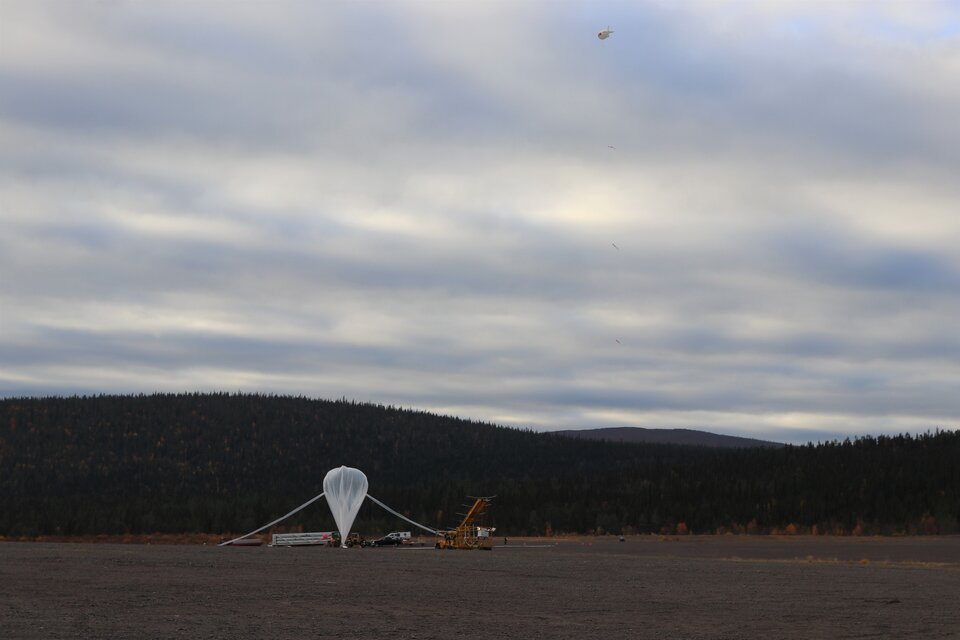
Both gondolas landed safely back on ground, carried by a parachute. BEXUS 31 spent one day in the woods before being recovered, while BEXUS 30 was recovered hours after landing. It took another day to bring the gondolas back to Esrange, where the student teams received their experiments back and could download their onboard data or secure samples taked during the flight.
The teams can now begin to process their data and draw their conclusions. The next phase of the REXUS/BEXUS programme requires that the student teams submit a final version of their documentation containing the results of their experiment.
The REXUS/BEXUS programme continues with the selection of new experiments. The call for proposals is currently open and closes on 10 October 2021.
The REXUS/BEXUS programme is realised under a bilateral Agency Agreement between the German Aerospace Center (DLR) and the Swedish National Space Agency (SNSA). The Swedish share of the payload has been made available to students from other European countries through a collaboration with the European Space Agency (ESA). EuroLaunch, a cooperation between the Esrange Space Center of SSC and the Mobile Rocket Base (MORABA) of DLR, is responsible for the campaign management and operations of the launch vehicles. Experts from DLR, SSC, ZARM and ESA provide technical support to the student teams throughout the project. REXUS and BEXUS are launched from SSC, Esrange Space Center in northern Sweden.


